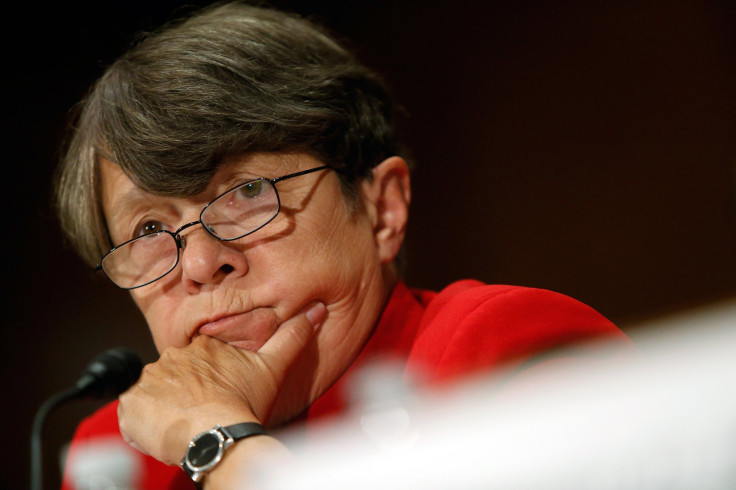Hedge Fund Risks May Be Bigger Than Regulators Know, Despite Dodd-Frank

Hedge fund holdings have surged past their pre-recession levels in recent years and despite new regulations imposed by the Dodd-Frank Act, managers of the funds are still able to mask the risks they pose to the financial system, according to a new federal study.
After the mayhem of the financial crisis in 2008, regulators pushed for insight into the murky world of hedge fund holdings. Now hedge funds -- privately managed firms that pursue a wide range of strategies to maximize depositors' returns -- are required to complete a filing called Form PF, tabulating their risks and liabilities in a series of 79 detailed questions.
But the form allows substantial wiggle room, according to research conducted by staffers at the Office of Financial Research, an agency under the aegis of the Treasury Department. "As a result, Form PF submissions may obscure reporting funds’ actual risks," the authors write.
The implications for the Securities and Exchange Commission, which debuted the form in 2011, are clear. "Additional reporting of a more diverse set of risk measures could improve the precision of the form’s risk measurement," the study states.
Their concerns aren't just theoretical quibbles. Ever since George Soros' Quantum Fund decided to "go for the jugular" and crash the British pound sterling in 1992, financial regulators have been keenly aware of hedge funds' destabilizing potential.
More often than not, it's a mix of risky bets and miscalibrated backup plans that make hedge funds a potenetial concern for financial markets. In 1998, Long-Term Capital Management, whose board of directors included two Nobel lauerates, exploded in spectacular fashion, forcing more than a dozen of the largest financial institutions to cobble together a bailout that would keep the financial system unharmed.
During the financial crisis, it was the collapse of investment bank Bear Stearns' in-house hedge fund, which had binged on risky mortgage-backed securities, that first got the Federal Reserve to take a hard look at the implications of the housing bubble. When the crisis accelerated in the coming year, the $2.2 trillion in assets collectively held by hedge funds became an engine of destabilization and uncertainty.
To ensure that regulators wouldn't be in the dark on hedge funds again, Dodd-Frank financial reforms required firms to report regularly. The industry resisted the SEC's original proposed draft of Form PF, and the final version incorporated changes lobbied for by hedge fund groups like the Managed Funds Association.
According to the study's authors -- Mark Flood and Philip Monin of the OFR, and Lina Bandyopadhyay of the Federal Reserve Bank of Chicago -- one particular question accounts for much of the uncertainty that still remains. Question 40 asks hedge funds to report how and whether they calculate "Value at Risk," or VaR, an industry model that purports to predict the odds of huge losses on any given day.
But that measure is no backstop against catastrophe. The subprime mortgage debacle showed that accepted risk measures like VaR went out the window during times of upheaval. As one hedge fund manager told the Financial Crisis Inquiry Commission, a government-appointed post-mortem on the meltdown: “The way people feel about gravity on a given day isn’t going to affect the way the rocket behaves.”
The authors of the study voice a similar concern. The variability of "Value at Risk" and other parts of the form -- including calculations of asset values and derivative holdings -- means hedge funds might be understating their actual exposures to the SEC.
There's no way to predict what that will mean when it really matters. Only another financial crisis will tell.
© Copyright IBTimes 2025. All rights reserved.




















